Optimal Seasons for Roofing Services
Scheduling roofing services at the optimal time can ensure quality work and longer-lasting results. The best periods typically depend on weather conditions, temperature, and humidity levels, which influence the effectiveness of repairs and installations.
Spring offers moderate temperatures and lower humidity, making it suitable for roofing projects. It allows for efficient installation and repairs without the extreme heat or cold.
Summer can be ideal for roofing, provided temperatures are not excessively high. Proper scheduling avoids peak heat hours to prevent issues like material warping.
Fall provides cooler temperatures and dry weather, which are favorable for roofing work. It also offers ample daylight for completing projects before winter.
Winter is generally less suitable due to cold temperatures and potential for snow or ice. However, in milder climates, some roofing work can be performed with proper precautions.

Ways to make Roofing Service work in tight or awkward layouts.

Popular materials for Roofing Service and why they hold up over time.
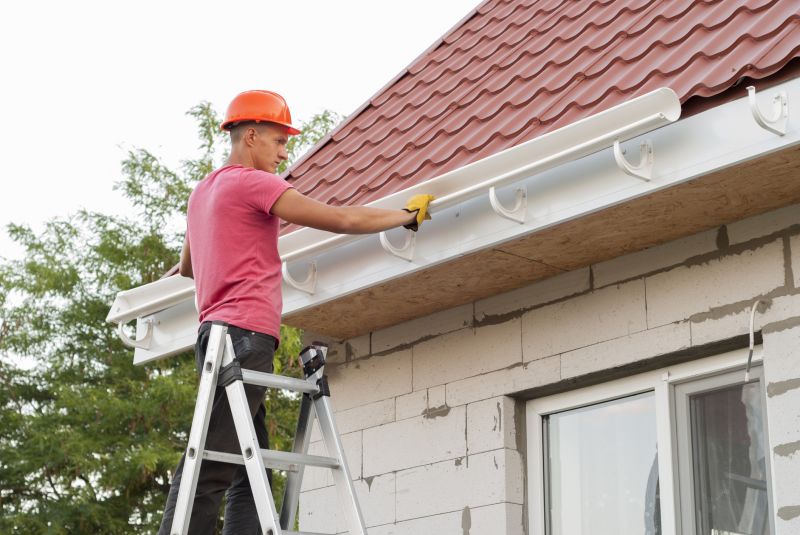
Simple add-ons that improve Roofing Service without blowing the budget.
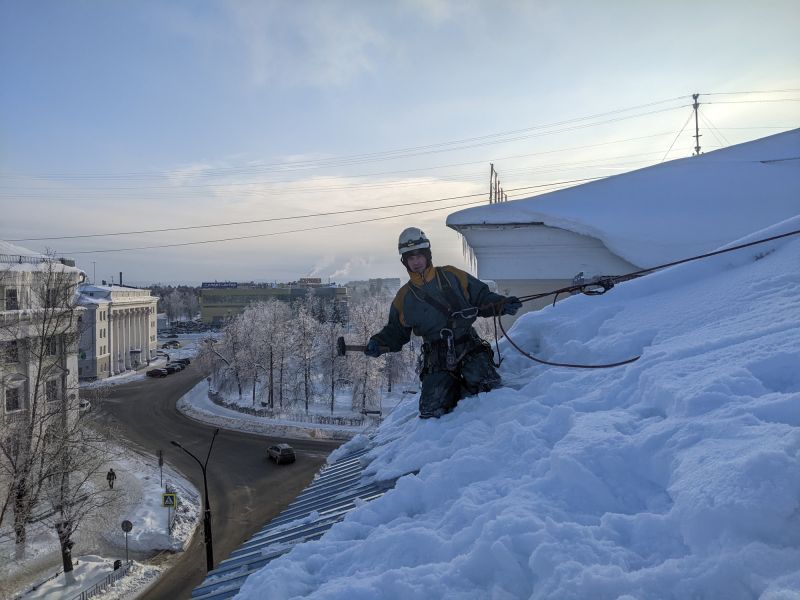
High-end options that actually feel worth it for Roofing Service.
| Season | Ideal Conditions |
|---|---|
| Spring | Moderate temperatures, low humidity, good for repairs and installations |
| Summer | Warm weather, avoid peak heat hours for better results |
| Fall | Cooler temperatures, dry weather, ideal for most roofing projects |
| Winter | Cold temperatures, less ideal, suitable in milder climates |
Roofing services encompass a range of tasks including repairs, replacements, and maintenance. Proper timing can help prevent issues such as leaks, material warping, and premature deterioration. Seasonal considerations are essential for ensuring the durability of roofing systems and the safety of workers.
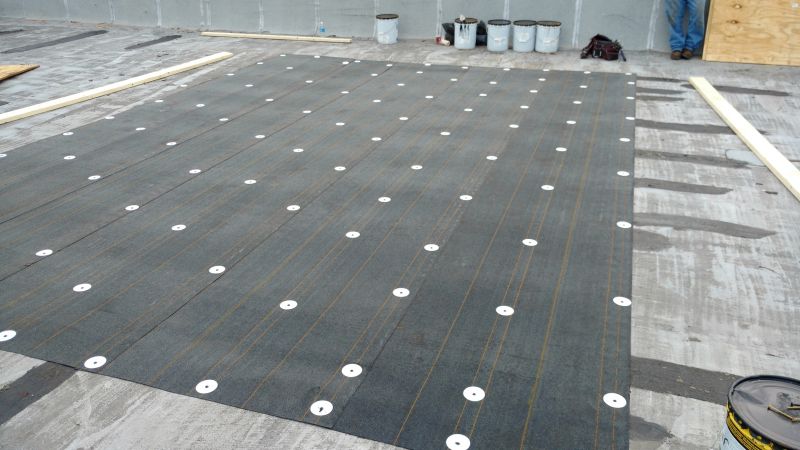
Finishes and colors that play nicely with Roofing Service.

Little measurements that prevent headaches on Roofing Service day.
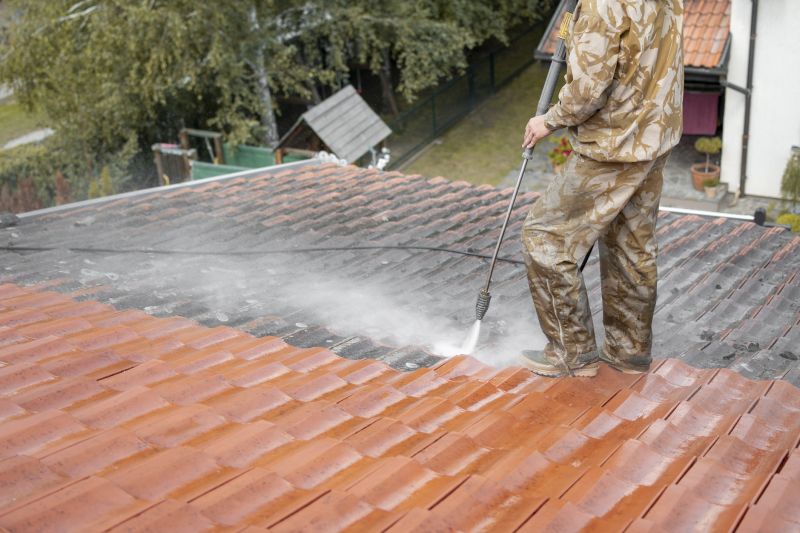
A 60-second routine that keeps Roofing Service looking new.
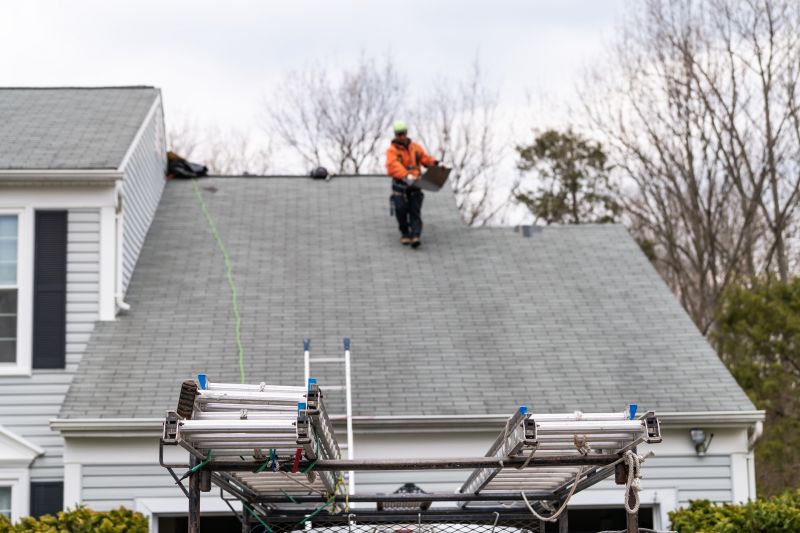
A frequent mistake in Roofing Service and how to dodge it.
The duration varies based on the project size, weather, and materials used. Most residential roofing projects take from one to several days.
Heavy rain, snow, and extreme cold or heat can hinder roofing work and affect material performance.
In milder climates, roofing can be performed in winter with proper precautions. In colder regions, scheduling during warmer months is recommended.
Extreme temperatures can cause materials to expand or contract, impacting installation quality and longevity.
Understanding the best time for roofing services can help ensure quality results and extend the lifespan of the roofing system. Proper planning based on seasonal weather patterns is essential for successful project completion and durability.

